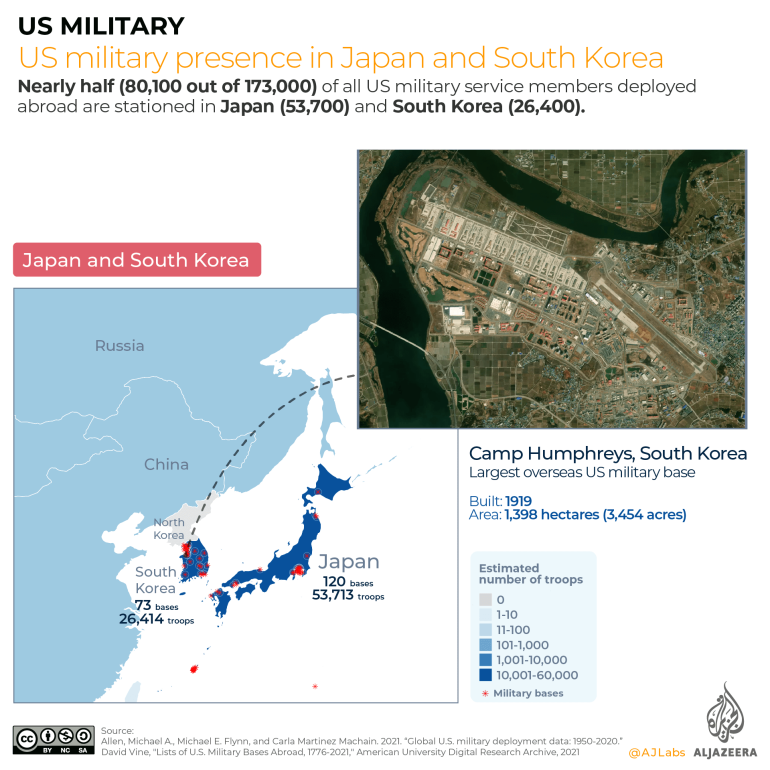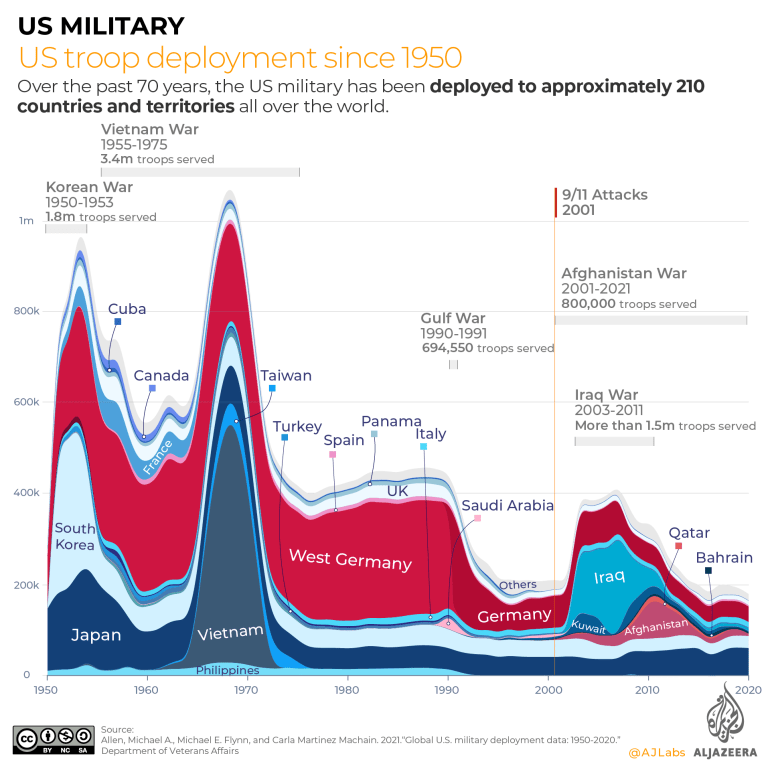“Một người mạnh mẽ không thể giúp đỡ một người yếu hơn, trừ khi người yếu hơn sẵn sàng để được giúp đỡ, và ngay cả khi đó, người yếu đuối phải trở nên mạnh mẽ cho chính mình; anh ta phải, bằng nỗ lực của chính mình, phát triển sức mạnh mà anh ta ngưỡng mộ ở người khác. Không ai ngoài bản thân anh ấy có thể thay đổi tình trạng của anh ấy ”.
~ James Allen, As a Man Thinketh
Không có sự an toàn thực sự trong nhóm, chỉ có sự đồng thuận, bối rối và trống rỗng. Lần tới khi bạn thấy mình đang yêu cầu người khác tìm giải pháp cho vấn đề của mình, hoặc đặt câu hỏi về tự do của bản thân và cách đạt được nó; dừng lại, nhắm mắt và tìm kiếm câu trả lời của bạn từ bên trong. Khi những câu trả lời đó đến, hãy tin tưởng vào chúng, và thoát khỏi sự tồn tại tồi tệ và cằn cỗi vốn là một đám đông tập thể không suy nghĩ.

How Does One Wake Up?
August 24, 2022
By: Gary D. Barnett
“A strong man cannot help a weaker unless the weaker is willing to be helped, and even then the weak man must become strong of himself; he must, by his own efforts, develop the strength which he admires in another. None but himself can alter his condition.”
~ James Allen, As a Man Thinketh
Contrary to popular belief, “waking up,” as in seeking and accepting truth, is not something that requires outside assistance, force, or consensus. It is not something that can be bought. It is not something that can be given to you. It is not something that can at once happen to the collective masses. There is no solution that can awaken a people. There is no ‘leader’ who can awaken the herd. There is only the individual, and each individual is responsible for his own awakening. That oh so rare awakening means gaining for self the ability to think, to think as an individual, to think critically, to accept what he alone thinks, to seek and know truth, and to act on that individual knowledge. This fact, in my view, is why most all humans remain completely unconscious for their entire lives, never understanding truth, or anything of value or honesty, and living only to accept the opinions of others, especially government, media, celebrities, and so-called experts and authority figures. They have to remain in the crowd, never straying from the ‘group think,’ never taking a risk, and therefore, never having an original or independent thought. This is considered the ‘safe place,’ and in the minds of this collective, this means protection from reality.
I am asked almost daily: “What is your solution to this madness?” “What plan do you have to fix our problems?” “What are you doing to wake everybody up?” “Who should we ‘elect’ to save us?” I am heavily criticized at times for telling the truth instead of staying ‘positive.’ I am cursed for being too critical and ‘negative.’ Questions and comments such as these are a sure sign of an unconscious mind, a non-thinking person, and a proud member of the unawakened herd of sheep.
One major example of the unawakened are those who cling to one political party or the other. In essence, the ‘party’ is simply a substitute for the original herd. One is Republican, one is Democrat, one is red and one is blue, one is conservative and one is ‘liberal.’ In fact, they are both herds supported by non-thinking drones. By claiming to be one or the other, no thinking is necessary, as all thought is accomplished by the red or blue herd as a whole. Obviously, when one votes, he is choosing a collective side, and picking who is to be his ruler, and in doing so, he becomes a slave, but he also acquiesces to the ‘thinking’ of the group instead of thinking for himself. This political structure was no accident, as this designed hostility of one against another guarantees group ‘think,’ and therefore eliminates the need for individuality, self, and responsibility. The amount of time and energy put into this asinine circus is evidence enough of the worthlessness of it all.
By looking to others, by looking outside, and by searching for opinions from the group instead of believing in self, one becomes dependent on what is mostly propaganda, and exposes that he does not have any trust in himself. This is why these seemingly helpless people cannot fix themselves or face the truth. This is why capitulation and submission to authority by the masses is now so rampant. This kind of behavior is similar to addiction in that the more people who look away for answers instead of looking inward, the less likely they will ever change, and actually, they will usually become more and more dependent as time passes.
There is no way to know for sure, but my belief is that at least 80% or more (maybe much more) of this population are a part of the collective herd that has little or no ability to think on their own concerning matters of importance. I do realize that this is a startling conclusion to reach, but given all that has happened to date, how can this be doubted?
There is no way to awaken the herd by force, by political means, by demands, or even by persuasion. Each individual has to delve inside himself, and awaken his own spirit so he can find the courage to improve self instead of relying on the crowd. This will lead to seeking the truth, and that is the first step toward independence. This is not an easy task, because to trust self requires personal responsibility for every thought, every action, and every life situation. When this occurs, all fear disappears, and the minds eye opens to bright light instead of darkness.
Maybe some reflection is in order. There is no real security in the group, there is only consensus, confusion, and emptiness. The next time you find yourself asking others for a solution to your problems, or asking questions about your own freedom and how to attain it; stop, close your eyes, and seek your answers from within. When those answers come, trust them, and escape from the hellish and barren existence that is the non-thinking collective horde.
“It was when I stopped searching for home within others and lifted the foundations of home within myself I found there were no roots more intimate than those between a mind and body that have decided to be whole.”
~ Rupi Kaur







